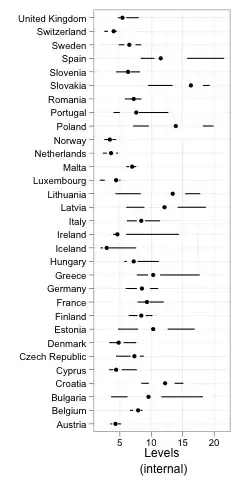I've been reading the paper of group lasso, "Model selection and estimation in regression with grouped variables". http://www.stat.washington.edu/courses/stat527/s13/readings/yuanlin07.pdf
In page 53 of the above paper, I don't know how to obtain Eqn 2.3 and derive Eqn. 2.4 from Eqn. 2.2:

The following is my derivation, from Eqn. 2.2:
$$
-X_j^TY+X_j^TX_j\beta_j+\sum_{i\neq j}X_j^TX_i\beta_i + \frac{\lambda \beta_j \sqrt{p_j}}{\|\beta_j\|}=0
$$
then, we have
$$
\left( X_j^TX_j+\frac{\lambda \sqrt{p_j}}{\|\beta_j\|} \right)\beta_j=X_j^T(Y-\sum_{i\neq j}X_i^T\beta_i)=S_j
$$
So,
$$
\beta_j={\left( X_j^TX_j+\frac{\lambda\sqrt{p_j}}{\|\beta_j\|} \right)}^{-1}S_j
$$
The result above has a little difference from Eqn. 2.4 in the paper. Could you please indicate what's wrong with my derivation? In addition, in another document http://statweb.stanford.edu/~tibs/ftp/sparse-grlasso.pdf, the result of following is also different.

UPDATED: Yes! The first problem is solved. $$ S_j=X_j^T(Y-X\beta_{-j})=X_j^Tr_j $$ then, $$ \|\beta_j\|=\|S_j\|{\left( 1+\frac{\lambda\sqrt{p_j}}{\|\beta_j\|} \right)}^{-1} $$ Then, we could get $$ \|\beta_j\|=\|S_j\|-\lambda\sqrt{p_j} $$ then re-substitute into the formulation above above, then we get $$ \beta_j={\left( 1-\frac{\lambda\sqrt{p_j}}{\|S_j\|} \right)}S_j $$ But, where is the $+$ in the above formula?